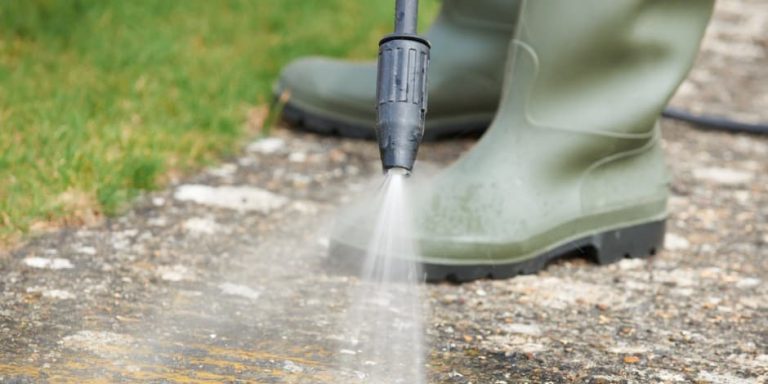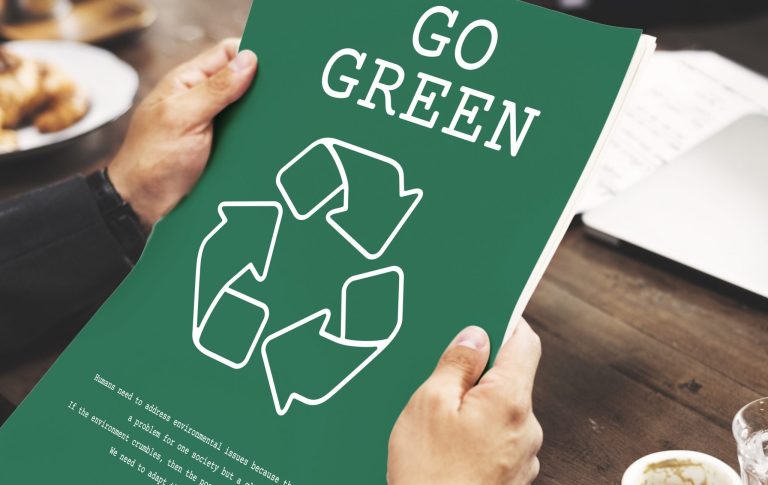
Power washing may seem like a harmless way to keep surfaces clean — until that water starts flowing into the street, storm drains, or nearby soil. What many homeowners, property managers, and even contractors don’t realize is that power washing runoff is legally considered pollution in many jurisdictions.
Governments at the city, county, state, and federal levels have implemented strict environmental regulations related to runoff. If those rules are violated — even unintentionally — the fines can be steep. 💰
This article will break down:
- What the laws say 🧑⚖️
- Common penalties and fines 💸
- How to stay compliant ✅
- Why power washing needs to be part of your environmental risk assessment 🌍
🌊 Why Power Washing Runoff Is Regulated
When you spray down a driveway, building exterior, or sidewalk, the runoff can carry:
- Detergents, degreasers, or solvents
- Oil and grease from vehicles
- Heavy metals from painted surfaces
- Paint flakes, concrete residue, or mold spores
- Organic debris and sediment
This contaminated water often flows into:
- Storm drains (which usually lead straight to creeks or rivers)
- Nearby landscaping or gardens
- Soil and groundwater sources
Because stormwater is typically untreated, any pollutants washed into it can quickly harm local ecosystems, drinking water supplies, and aquatic life.
⚖️ Which Agencies Enforce Runoff Regulations?
Depending on your location, you may be subject to enforcement from:
- Local municipalities or city stormwater departments
- State Departments of Environmental Quality (DEQs)
- County water management agencies
- The Environmental Protection Agency (EPA)
Some regions also have watershed protection districts or regional air and water boards that oversee outdoor water use and discharge.
📜 Key Laws You Should Know
1. The Clean Water Act (CWA)
At the federal level, the CWA prohibits the discharge of pollutants into U.S. waters without a permit. While it mainly targets large-scale operations, local jurisdictions often mirror its standards for smaller-scale power washing.
2. National Pollutant Discharge Elimination System (NPDES)
This program requires a permit for any discharge of pollutants into storm drains or surface waters. If a power washing contractor doesn’t use containment or recovery methods, they may be violating NPDES regulations — even during residential work.
3. Municipal Stormwater Ordinances
Most cities have adopted local codes that specifically prohibit:
- Discharge of non-stormwater fluids into storm drains
- Use of harsh chemicals near water bodies
- Exterior washing without approved containment practices
These are the most likely to affect everyday homeowners and businesses.
💸 Common Fines and Penalties
Fines vary widely by location and the severity of the violation. Some typical examples include:
- $500–$2,500 for discharging wastewater into a storm drain
- $1,000–$10,000+ for repeated violations or polluting sensitive habitats
- Daily fines of $100–$1,000/day until proper remediation is complete
- Mandatory clean-up costs, which can run into the thousands
- Cease and desist orders or project delays for commercial contractors
In some cases, cities may also publicly list violations, harming your company’s reputation.
🧼 Real-World Examples
🏙️ San Diego, CA
The city’s stormwater enforcement team regularly fines businesses for power washing violations. One case involved a restaurant that washed its grease-stained patio into the gutter — resulting in a $3,000 fine and required cleanup.
🧰 Portland, OR
A contractor was cited for power washing paint chips from a historical building directly into a storm drain. The city levied a $1,800 fine and required a new training certification for the company to operate again.
✅ How to Stay Compliant
1. Know the Local Laws
Every region is different. Before you power wash:
- Visit your city or county’s stormwater website
- Check for ordinances related to “non-stormwater discharge”
- Look for zones with extra protection, like near wetlands or schools
2. Use Containment Equipment
This includes:
- Portable berms or inflatable dams
- Sump pumps or vacuum systems
- Mesh filters or sediment traps
- Sandbags or storm drain covers
Using these tools not only prevents fines but shows you’re a responsible cleaner.
3. Avoid Harmful Chemicals
Choose biodegradable, eco-certified detergents and never use bleach, ammonia, or petroleum-based products without proper containment. Even some “green” cleaners can harm aquatic life if not diluted correctly.
4. Educate Your Team (or Yourself)
If you run a business:
- Train staff on local environmental laws
- Require checklists before every job
- Document your containment and disposal methods
If you’re a homeowner:
- Read detergent labels carefully
- Avoid washing on sloped driveways near gutters
- Use gravel or lawn zones to absorb clean rinse water
🧑💼 Are Permits Ever Required?
In many commercial settings, yes. For example:
- Washing large parking garages
- Removing graffiti near water channels
- Cleaning historic buildings
- Operating near wetlands, beaches, or nature preserves
You may need to file for a Temporary Discharge Permit or notify local regulators in advance.
🌎 Why It Matters Beyond Fines
While avoiding tickets is important, the larger point is this: Every drop of power washing runoff goes somewhere. If we don’t control where and how it flows, we all pay the environmental price — through polluted rivers, damaged soil, and threatened wildlife. 🐟🦋
Managing your runoff isn’t just about obeying laws — it’s about being a good neighbor to the planet.
🧠 Final Thoughts
Power washing is a powerful tool, but with great pressure comes great responsibility. 💦
Whether you’re a homeowner cleaning your patio or a pro tackling commercial buildings, environmental regulations apply. Understand the rules, invest in the right tools, and make runoff management part of your standard practice.
A little care now avoids costly fines later — and helps keep your community clean and thriving. 🌱🌎💧
Browse Amazon Here For Top Rated Power Washers And Accessories






